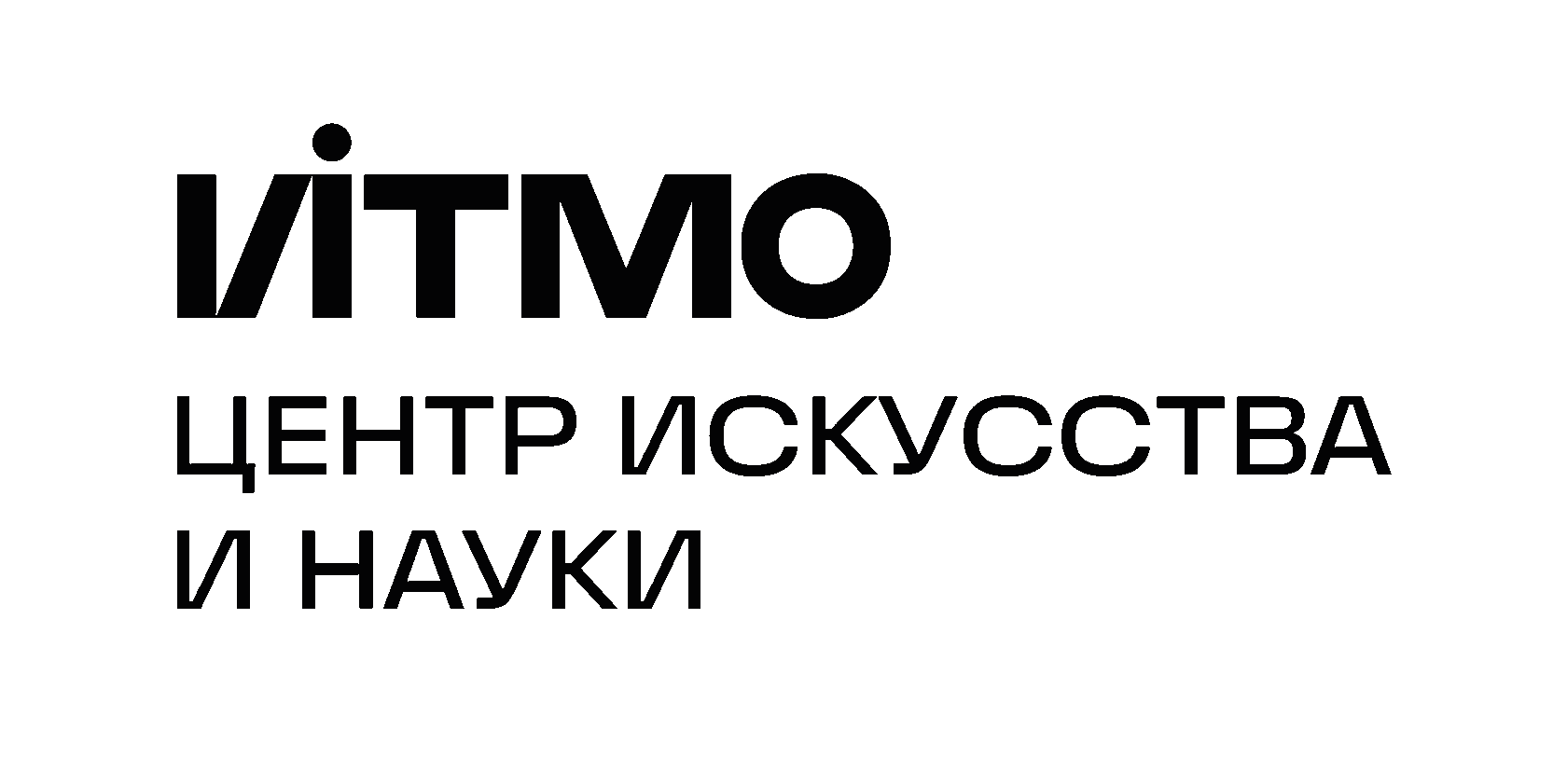radiolyali (Alina Charaeva & Anastasia Shulyak)
Sprouting
Installation (Arduino, biomaterials, video, Blender, TouchDesigner)
2025
A multimedia installation consisting of a video documenting the artistic process and a biorobotic device incorporating a living organism — the slime mould Physarum polycephalum. The slime mould acts as a sensory element which detects external stimuli and transforms them into signals that can be perceived by humans. What results is a tool for communication between species, an exchange of information between humans and other living beings.
Sprouting is an investigation of how pain can be more than just an unpleasant sensation or a way to signal that your body is damaged — it can also be a way for different species to communicate. Modern culture and the use of anaesthesia reflect our desire to move pain outside of the realm of conscious experience, our wish to rid ourselves of pain as quickly as possible, and neglect its role as a bodily signal. But when we deny our own pain, we limit our own capabilities in developing empathy, the ability to feel compassionate and understand another’s pain.
The project is inspired by the concept of the Novacene suggested by scientist James Lovelock. The Novacene is a new epoch in which the boundaries between the natural, human, and artificial have become blurred. Instead of exploiting nature, humans live in symbiosis with it. Sprouting encapsulates this idea: instead of viewing ourselves in opposition with the outside world, the project gives us the opportunity to interact with it as equals, developing our capacity to share experience and understand one another.
In addition to this, the project investigates the phenomenon of phantom pain, an unpleasant sensation in a part of the body that is no longer there. Phantom pain demonstrates that a person can feel pain even when the offending body part or limb is absent, and that pain is both the result of external stimuli as well as internal adaptation. This means that our capacity for perception is more complex than and extends beyond our direct physical experience.
Special thanks to Nikita Borzov, Mikhail Golovin, Ruslan Bobko, Ippolit Markelov, Vsevolod Krass for their support in creating this project
Sprouting
Installation (Arduino, biomaterials, video, Blender, TouchDesigner)
2025
A multimedia installation consisting of a video documenting the artistic process and a biorobotic device incorporating a living organism — the slime mould Physarum polycephalum. The slime mould acts as a sensory element which detects external stimuli and transforms them into signals that can be perceived by humans. What results is a tool for communication between species, an exchange of information between humans and other living beings.
Sprouting is an investigation of how pain can be more than just an unpleasant sensation or a way to signal that your body is damaged — it can also be a way for different species to communicate. Modern culture and the use of anaesthesia reflect our desire to move pain outside of the realm of conscious experience, our wish to rid ourselves of pain as quickly as possible, and neglect its role as a bodily signal. But when we deny our own pain, we limit our own capabilities in developing empathy, the ability to feel compassionate and understand another’s pain.
The project is inspired by the concept of the Novacene suggested by scientist James Lovelock. The Novacene is a new epoch in which the boundaries between the natural, human, and artificial have become blurred. Instead of exploiting nature, humans live in symbiosis with it. Sprouting encapsulates this idea: instead of viewing ourselves in opposition with the outside world, the project gives us the opportunity to interact with it as equals, developing our capacity to share experience and understand one another.
In addition to this, the project investigates the phenomenon of phantom pain, an unpleasant sensation in a part of the body that is no longer there. Phantom pain demonstrates that a person can feel pain even when the offending body part or limb is absent, and that pain is both the result of external stimuli as well as internal adaptation. This means that our capacity for perception is more complex than and extends beyond our direct physical experience.
Special thanks to Nikita Borzov, Mikhail Golovin, Ruslan Bobko, Ippolit Markelov, Vsevolod Krass for their support in creating this project


